Little Vanya will be celebrating his first birthday in a new home come Saturday. He and his mom Olga were finally released from a Moscow hospital this week, after doctors confirmed that the ordeal he went through left him almost without a scratch. Many call it nothing short of a miracle.
Cradle turned into death trap
The Fokins, a family of four, lived in an apartment building in Magnitogorsk, a large city in the Russian southern Urals famous for its metal industry. On the morning of December 31, it was rocked by a powerful blast, which the authorities say was caused by a gas leak. Two 10-storey stacks of apartments came down, killing 39 people and injuring 17 others.
Vanya, his mother and three-year-old brother were sleeping in their apartment, which was located on the fourth floor over an arch. The father, Yevgeny, was working the night shift. When their entire home suddenly fell to the ground level, a dazzled Olga carried her elder son away, but the baby remained behind, trapped in his cradle.
The following hours were frantic for the rescuers, who had to work as fast as possible to sift through the ruined section of the building in the hope of finding survivors while avoiding the risk of further collapse.
What they got for their effort was more and more dead bodies and a growing desperation from family and friends, who like the Fokins escaped with their lives or were away at the time of the explosion.
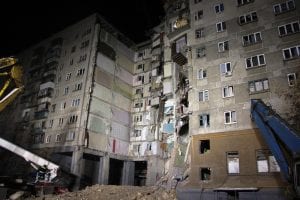
Boy who lived
Vanya was discovered some 30 hours later, the first survivor to be saved from the rubble, and it took the rescuers quite some time to get him out. He was shielded from the rubble by his cradle, the sofa in which his mom and brother slept, and a cabinet, which fell on top of his shelter. Unsure if the construction could be unraveled safely, the rescuers had to dig from underneath it.
By the time he was carried away, the baby was in serious condition, having spent many hours under some pressure and, more importantly, in dire cold. The temperature on New Year night fell as low as minus 27 degrees Celsius (-17F) in Magnitogorsk, and the industrial heat guns deployed by the rescuers could only do so much.
As he was receiving initial help local medics, a team of doctors was sent from a Moscow clinic specializing in emergency child surgery and trauma treatment. They flew in, assessed whether Vanya could be transported back to the capital some 1,400km away, and then evacuated the boy and his mother.
“The patient was a really difficult one. He was receiving assisted ventilation with supplemental fraction of oxygen. His hemodynamics was unstable, meaning he had low blood pressure and elevated heart rate due to severe dehydration,”saidDr. Denis Leonov, who was in charge of the boy’s flight to Moscow.
No damage whatsoever
The medics managed to stabilize Vanya’s condition while in the air. They feared a shock from crush injury, which often causes renal failure in survivors like Vanya, but the kidneys started to work fine after infusions.
Then in the hospital they ruled out their next biggest concern – that the boy’s brain may have been damaged by a head injury he got from some debris. Even frostbite on the right foot – doctors feared at one point that it might require amputation – left no permanent damage.




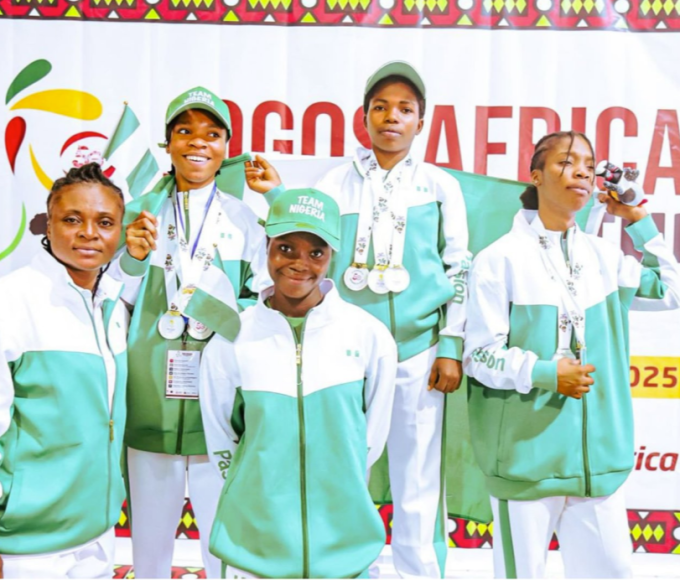







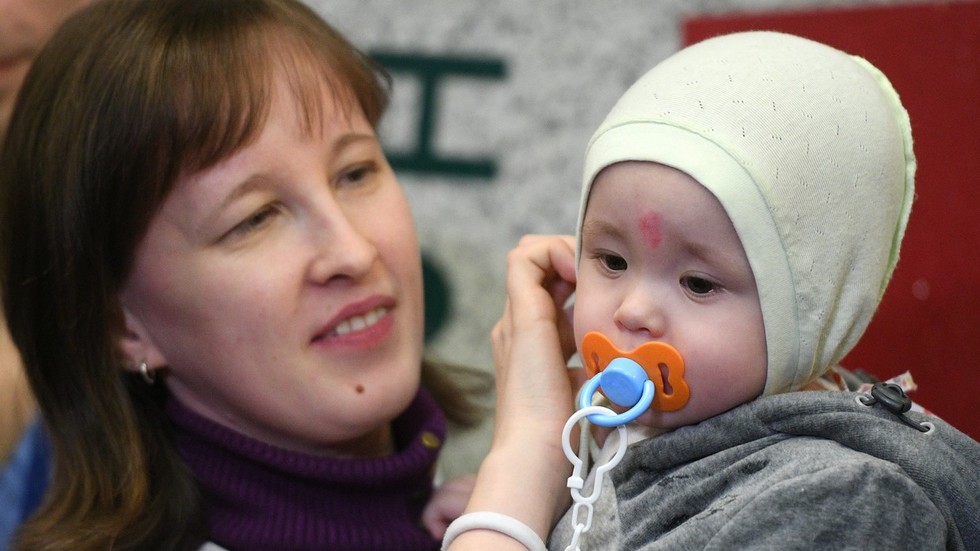






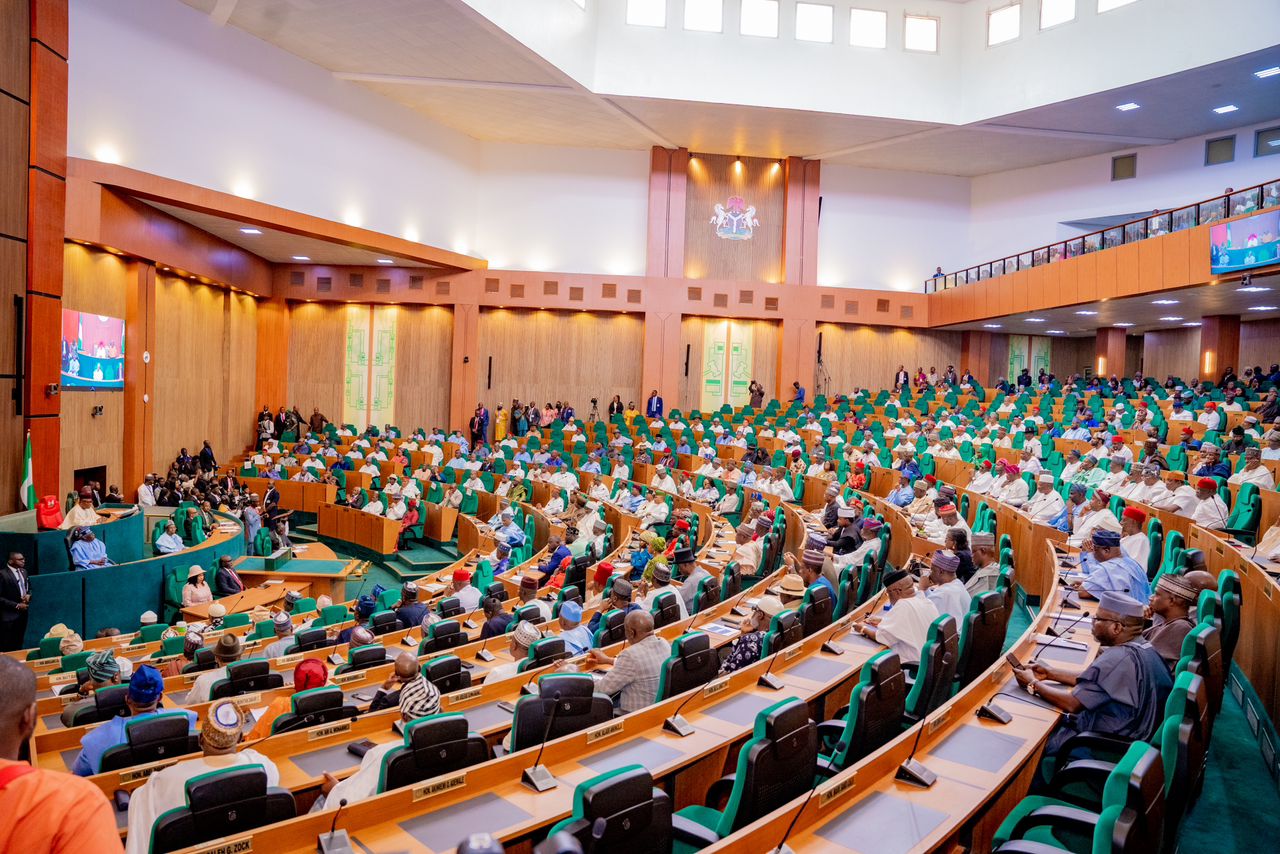

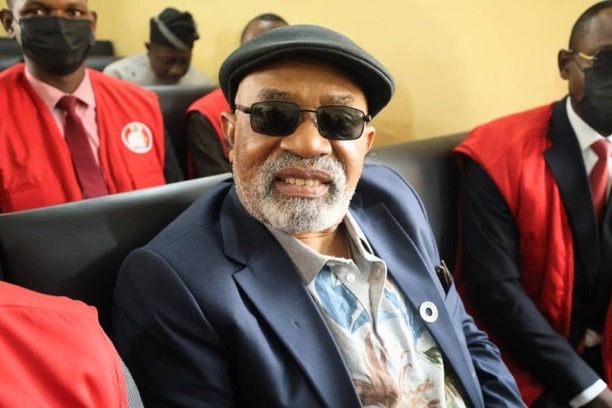


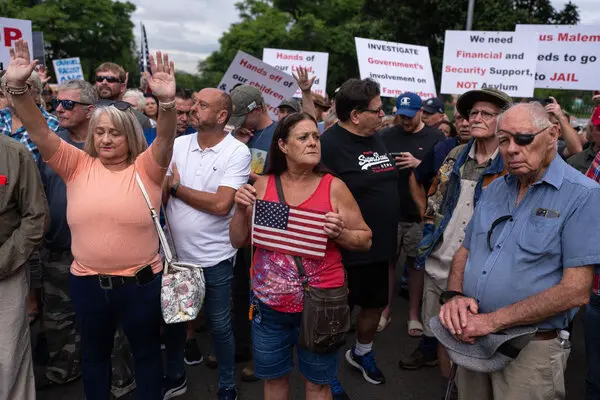
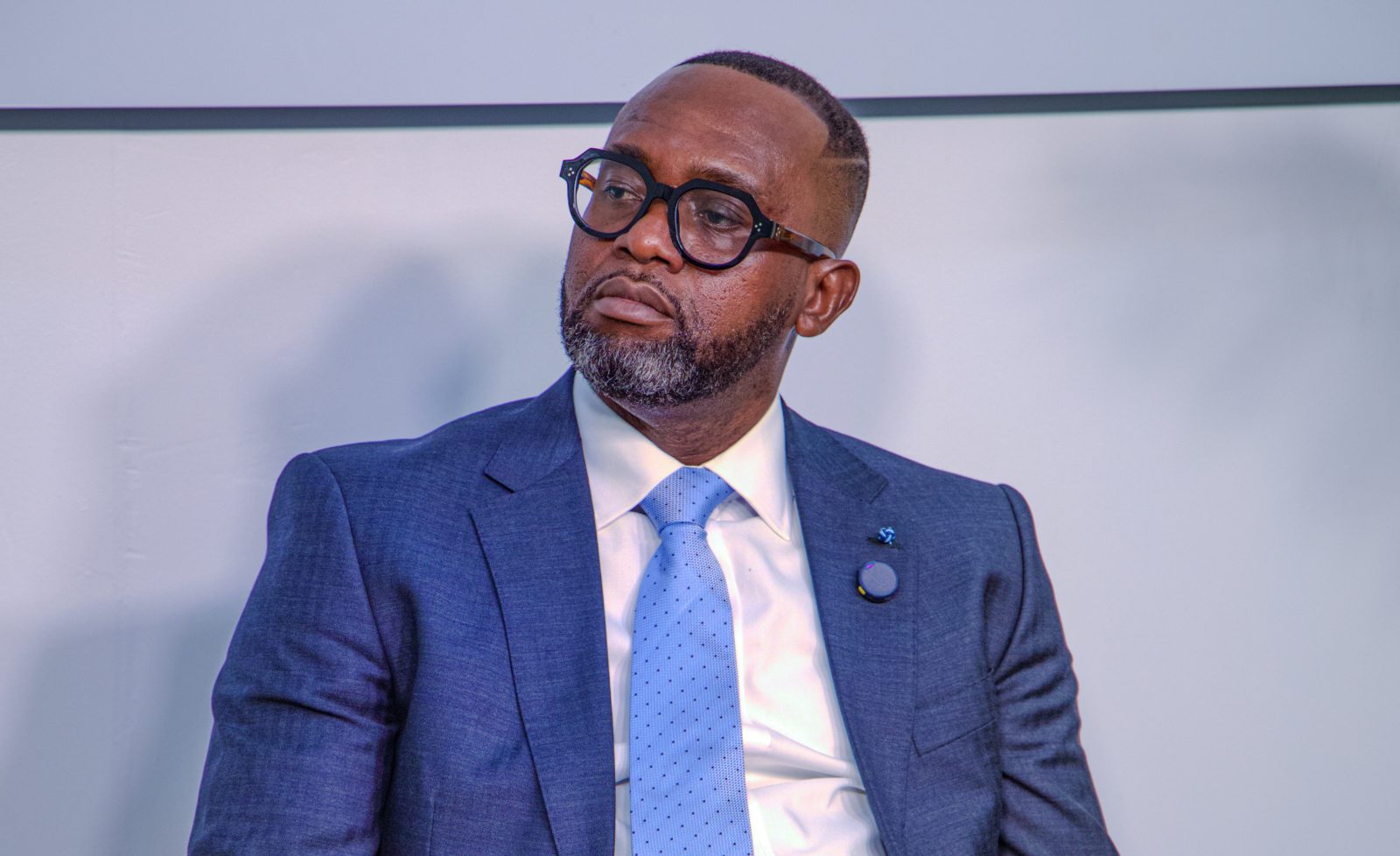


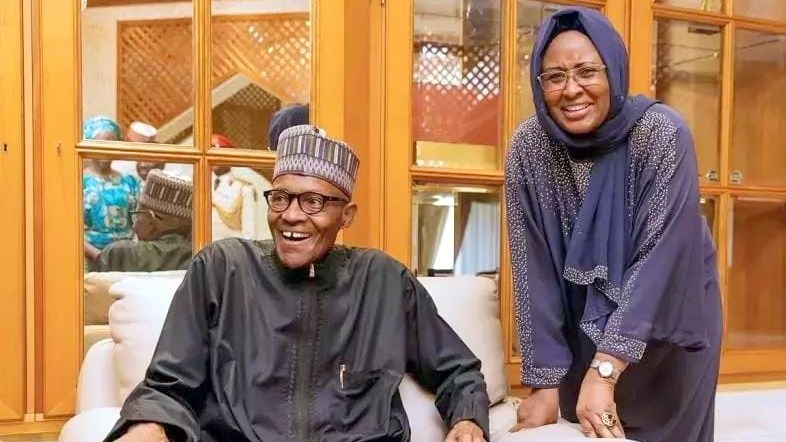




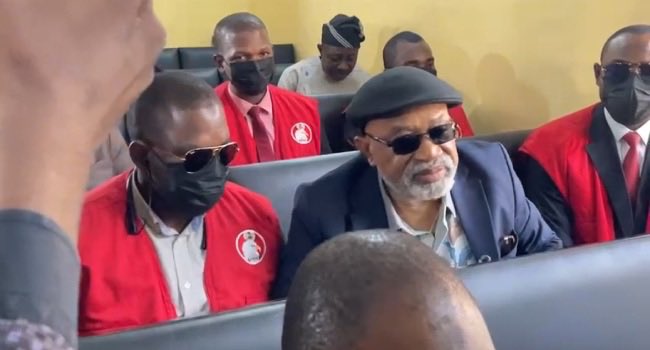



Leave a comment